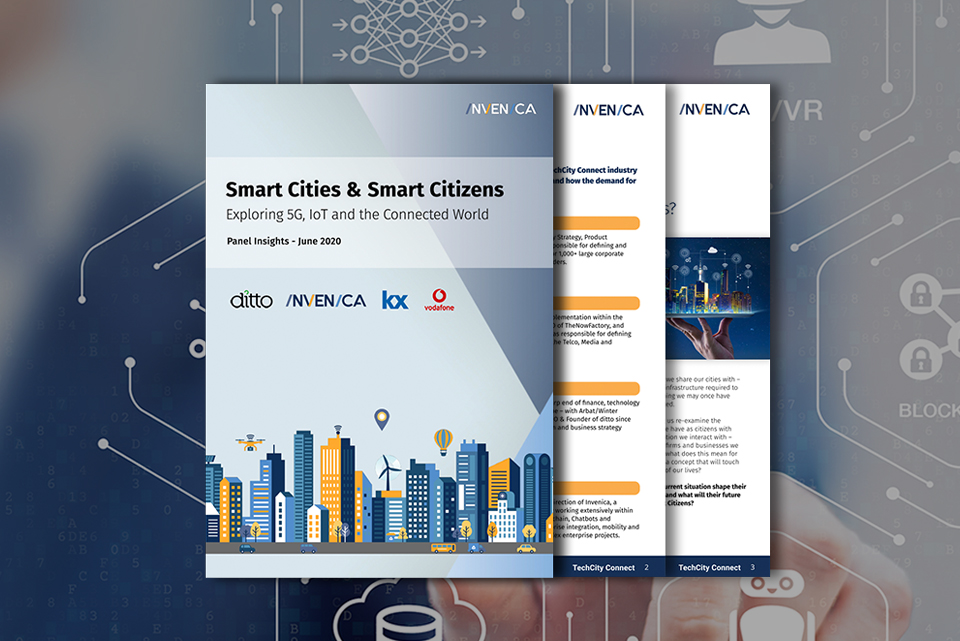When it comes to getting in touch with companies, customers really don’t want to be left hanging on the line. They want a rapid response to their queries - and they’re happy to take their business elsewhere when they don’t get this.
According to research from Hubspot, nine out of ten customers rate an ‘immediate’ response as important when they have a customer service question. This has led to a situation where two-thirds of customers have become ‘serial switchers’, changing brands due to a poor experience – something that’s costing businesses more than $75bn a year.
It’s in this context a Tier 1 bank in the Americas turned to Invenica for help. The firm’s call centre handles millions of customer calls every year.
However, until recently, they relied solely on a traditional dual-tone multi-frequency (DTMF) interactive voice response (IVR), a legacy touch-tone system that was having a negative impact on the bank’s customer experience. The system’s menu tree was often difficult to use, causing customers to get lost and even abandon their calls. The bank needed a new system that could improve the customer experience and drive customer retention.
The solution was an AI conversational language platform and customer service virtual agent (VA) able to help customers find answers to their enquiries as quickly as possible – both in free speech and text. The challenge with producing and deploying such a system was that it needed to handle significant levels of complexity. The bank had set high benchmarks for performance in semantic accuracy and task completion. It also required the VA to be capable of serving customers speaking English and local dialect in a mixed-language model – something no contact centre had ever implemented before.
What we did
To develop the solution, Invenica used the technical expertise of its DisruptCX (DCX) practice, which specialises in supplying emerging technology to contact centres. Following a review of the bank’s existing systems, DCX swiftly identified a conversation language platform and VA as the solution best suited to meet the project’s needs.
From there, DCX selected a platform and designed and deployed a VA able to retain context around multiple customer queries in a single conversation. This was supported by the use of machine learning to continuously learn new patterns and improve predictability – allowing the bank to serve customers who are unable to express what they want as clearly as others.
DCX then developed and tested algorithms for dealing with the uncertainty of voice input. So, for example, where the confidence in the intent of the voice input is below 90%, the engine provides up to five inputs that it believes could be accurate. These are sorted by likelihood, with mathematical checks used to confirm which input is the most likely to be correct. Invenica added to this with an application that helped the platform to learn and improve the bank’s self-service conversion rates.
Invenica leveraged its previous R&D project experience – along with its expertise in the development of microservices – to implement the capability for continuous improvement, allowing the platform to be extended in novel ways. In developing a modern microservice ecosystem of functional components, Invenica made it easier for the platform to respond to the bank’s changing requirements while minimising disruption to the customer experience.

What we delivered
With so much complexity and uncertainty involved, the Bank needed a solution based on a scientific and research-driven approach. That’s why Invenica and DCX delivered an AI-powered conversational language platform and VA that could not only handle customer enquiries more efficiently but also learn from each one. Every conversation the platform now has with customers improves future outcomes as it encounters new scenarios and ever-more complex interactions.
The platform meets all of the bank’s KPIs for intent accuracy and task completion rates. It also provides multi-language support for customers speaking English and local dialects. Ultimately, this provides the bank with the best possible platform to improve its customer experience, drive retention rates and cut operational costs by taking the pressure off its existing systems and contact centre agents.




